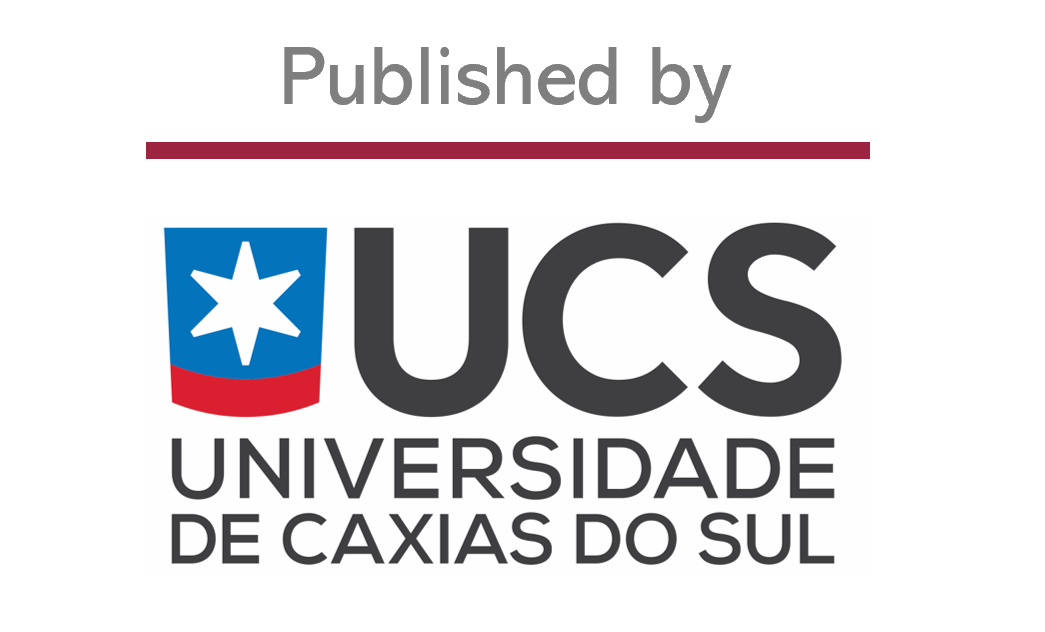Gray Water Footprint of Pigs Slaughtered in Corede Serra/RS - Brazil
DOI:
https://doi.org/10.18226/23185279.v3iss2p55Abstract
The pig activity, as well as other livestock activities, is directly dependent on natural resources and therefore the lack of knowledge about the impact on water resources in the cattle industry could compromise the sector's growth. In this context, the water footprint comes as a comprehensive indicator of water use that evaluates which is the fuel used, directly or indirectly, to produce a particular product throughout the supply chain. In this context, this study aimed to evaluate the gray water footprint for pigs slaughtered in 2014 in Corede Serra/RS, in the confinement process. The gray water footprint in Corede Serra was 0.1346 km3. The municipalities of Parai (0.0142 km3), Nova Prata (0.0133 km3) and Serafina Correa (0.0103 km3) showed the largest footprints while the municipalities of São Marcos (0.00001 km3) and Bento Gonçalves (0.00002 km3) presented the smallest footprints. Because of the concentration of phosphorus in pig manure have presented a significant value (1.65 kg animal year-1) when evaluated under the total number of animals slaughtered in each municipality and considering the phosphorus concentration provided for in Conama Resolution n° 357/05, the demand is observed a large volume of water to phosphorus load assimilation. The gray water footprint can be reduced through the use of more efficient technologies for processing of manure, so that phosphorus is removed or reduced to low concentrations.
Downloads
Published
How to Cite
Issue
Section
License
Copyright (c) 2015 Sofia Helena Zanella Carra, Vania Elisabete Schneider

This work is licensed under a Creative Commons Attribution 4.0 International License.
Declaração de originalidade e cessão de direitos autorais
Declaro que o presente artigo é original, não está sendo tendo sido submetido à publicação em qualquer outro periódico nacional ou internacional durante o processo de revisão. Através deste instrumento, em meu nome e em nome dos demais co-autores, porventura existentes, cedo os direitos autorais do referido artigo à revista SCIENTIA CUM INDUSTRIA. Contudo, a reprodução total ou parcial impressa ou eletrônica pode ser feita desde que o autor comunique oficialmente à revista. Declaro estar ciente de que a não observância deste compromisso submeterá o infrator a sanções e penas previstas na Lei de Proteção de Direitos Autorias. Declaro estar ciente de que a não observância deste compromisso submeterá o infrator a sanções e penas previstas na Lei de Proteção de Direitos Autorias (Nº9610, de 19/02/1998).





